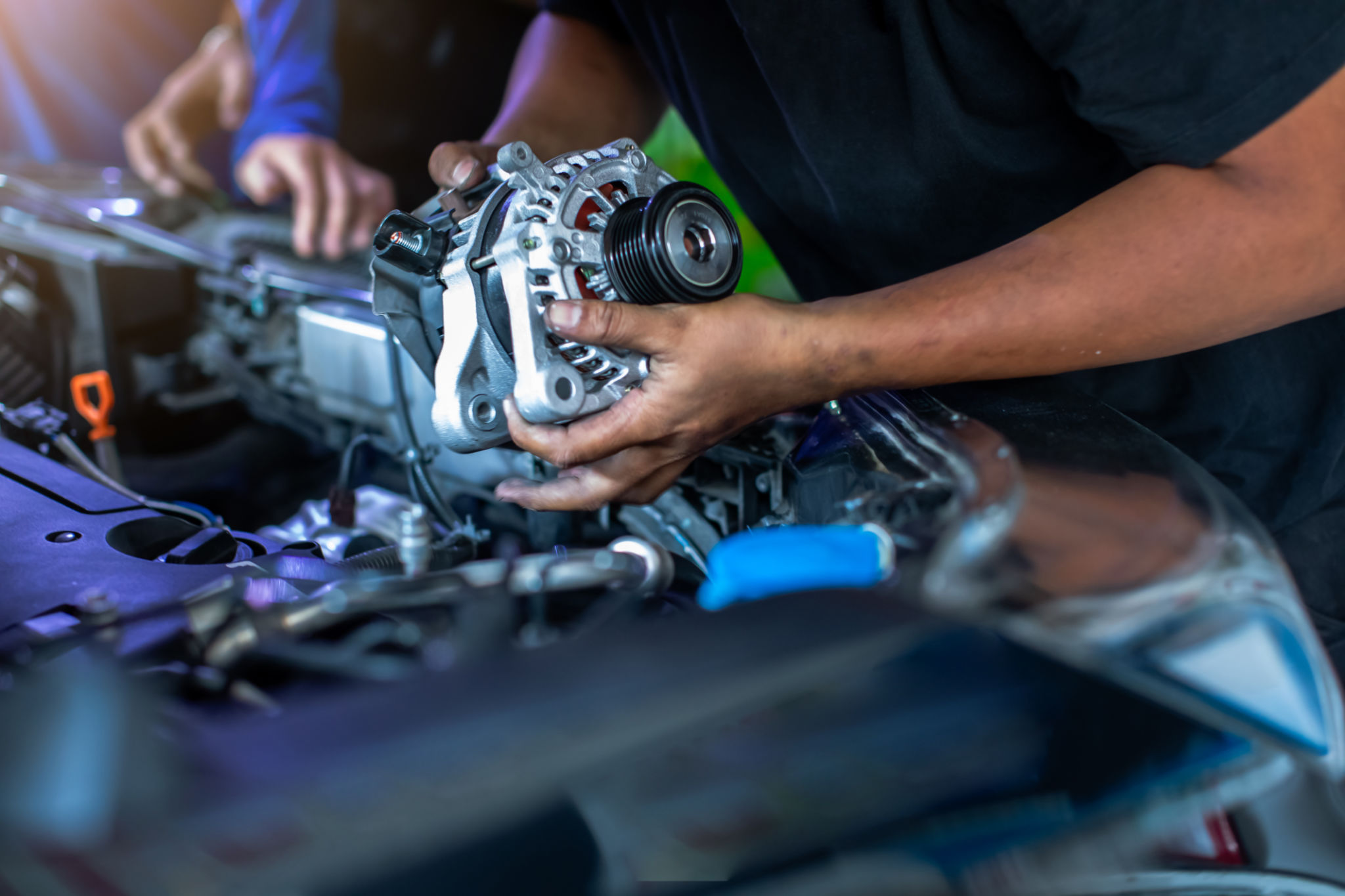Common Misconceptions About Car Batteries and Electrical Systems
Understanding Car Batteries and Electrical Systems
Car batteries and electrical systems are essential components of any vehicle, yet they are often misunderstood. Many drivers hold misconceptions that can lead to unnecessary stress and expenses. In this post, we'll debunk some of these myths and provide clarity on how these systems truly function.

Misconception 1: Car Batteries Last Forever
One common misconception is that car batteries are designed to last the lifetime of the vehicle. In reality, most car batteries have a lifespan of about three to five years. Factors such as climate, driving habits, and maintenance can significantly affect this lifespan. Regular checks and timely replacements are essential to avoid unexpected breakdowns.
Misconception 2: A Dead Battery Means Replacement
Drivers often assume that a dead battery needs immediate replacement. However, a battery may simply be discharged and not necessarily faulty. Jump-starting the vehicle and allowing it to recharge through normal driving can sometimes restore the battery to full functionality. If problems persist, it may be time for a professional assessment.

The Role of the Alternator
Misconception 3: The Battery Powers the Car
Another widespread belief is that the battery powers all of the car's electrical systems. While the battery provides the initial power to start the engine, it's actually the alternator that keeps the electrical systems running while driving. The alternator recharges the battery and powers components like lights, radio, and air conditioning.
Understanding the interplay between the battery and alternator can help diagnose issues. If your car struggles to start but runs fine afterward, the battery could be the issue. If electrical systems fail while driving, it might point to a faulty alternator.

Misconception 4: Idling Recharges the Battery
Many believe that simply idling the car will recharge the battery. While idling does generate some charge, it is often insufficient for a full recharge. Driving at regular speeds is more effective in maintaining battery health. Avoid relying on idling as a primary method for recharging.
Maintenance and Care
Misconception 5: Maintenance-Free Batteries Require No Attention
Even "maintenance-free" batteries benefit from periodic checks. Ensure that the terminals are clean and free of corrosion, and make sure the battery is securely mounted. Regular inspections by a professional can also help catch potential issues before they become major problems.
- Check terminal connections.
- Inspect for corrosion.
- Ensure secure battery mounting.
By debunking these common misconceptions, drivers can better understand and maintain their car's battery and electrical systems, leading to a more reliable and stress-free driving experience.